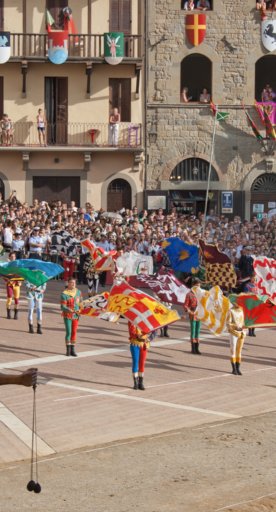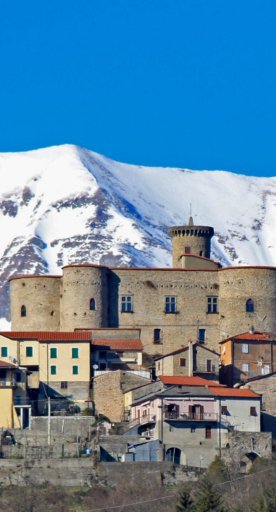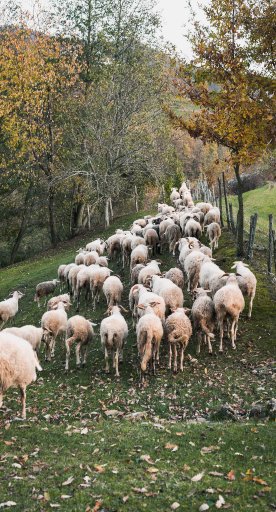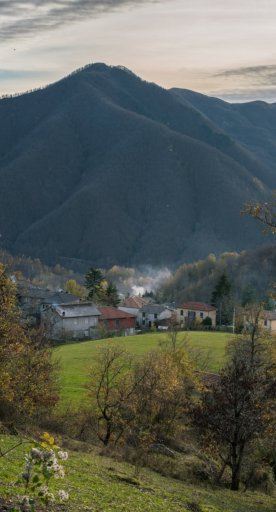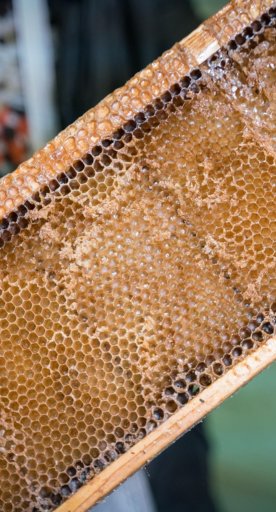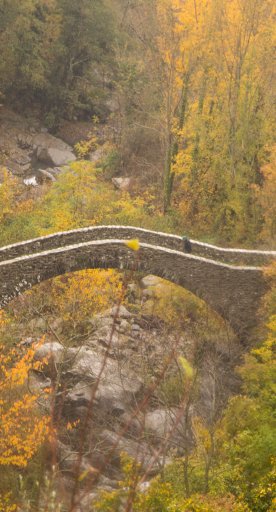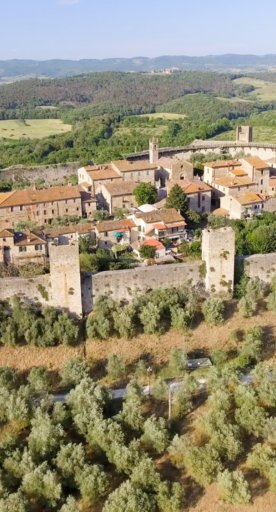

Lunigiana: tradition sparked around the chestnut drying kiln (gradile)
Tavernelle, the friendly village that passes on centuries-old knowledge to young people
Lunigiana is a land of mountains and forests: stories are still told and traditions are handed down around the fires of the historic chestnut drying kilns that are known here as gradili. In this charming place, the tables are heavily laden with food and the scent of the autumn woods echoes ancient values and timeless traditions of a deep and embracing culture.
This is down to the locals, who not only pursue their professions with passion, but also share their knowledge with those who are curious to learn, providing tips and help.

In the Taverone Valley, or more specifically in the small village of Tavernelle in the municipality of Licciana Nardi, for the second consecutive year, a group of young people from all over Italy who moved to the area with varied intentions and at different times are united in their goal of harvesting chestnuts, re-lighting the gradile located in the centre of the town and producing chestnut flour.
Among them is Simone, a native of Biella, who came to these parts because he was fascinated by the Lunigianese rural tradition. There's also Federica who, together with her partner Marco and her daughter Sole, bought a house in the village where she awaits the birth of her second child. And then there's Andrea, an elementary school teacher and writer of children's books who, together with Agnese and Federica, started a community project called "La Colomb'era".

Anthony and Simone commented "Last year, when we ventured into this business for the first time, we didn't know much about the production of chestnut flour. What encouraged us to try was the support we received from the villagers. Loreno made his family's gradile available to us, Giancarlo, a shepherd, gave us access to chestnut groves where we can collect chestnuts; Marco helped us to transport the wood; Luciana and Tilde, who live near the gradile, made every effort to check that the fire needed to dry the chestnuts was always lit. The gradile fire is a tricky art: if it's weak, it goes out and the chestnuts "dry badly", if the flame is too strong, the dryer risks catching fire. In short, it takes experience and without the advice and supervision of these people, we would not have made it." Practical support, therefore, but also generosity and warmth.

Federica added, "Massimo, the local beekeeper, often came to see how we were doing and to give us strength with delicious sgabei (Luigiana leavened bread dough) which he often prepares. Tilde, in turn, always handed out some chocolates to the children who ran about and brought life to the square while the adults were busy with the work. Luciana's frittelle di mele (apple fritters) were also shared, and then chestnut fritters using the first flour. During the works, there was regularly someone who would watch, giving us the gift of their company and in general, there was an atmosphere of collaboration, which is the most beautiful thing in the world!".

If the newcomers have learned a trade, the locals of the village seem happy to see the gradile lit as it once was.
"When I was young, each family had their own gradile. Mine was right back here”, Tilde says while pointing to it. "Then, between those who died and those who found a job elsewhere...there are few lit gradili left".
"Looking out here, seeing the smoke slowly come out of the gradile is beautiful. It gives me a sense of youth" she adds, while Rosi nods her head, sitting in front of the Church of Tavernelle.

In these places, everything related to the chestnut supply chain has the power to enable different generations to talk with each other, people with distant histories and pasts across time and space, allowing the various family-run farms to continue to live, animate, savour and allow you to taste these lands.

Ivory-cream in colour, sweet, fragrant and with a thin consistency, since 2006 the chestnut flour from Lunigiana has been recognized as a Protected Designation of Origin, a certification that aims to protect respect for the historic supply chain and traditional methods: from the harvesting and care of the chestnut groves, to the drying in the centuries-old gradili, to the milling with stone millstones.





